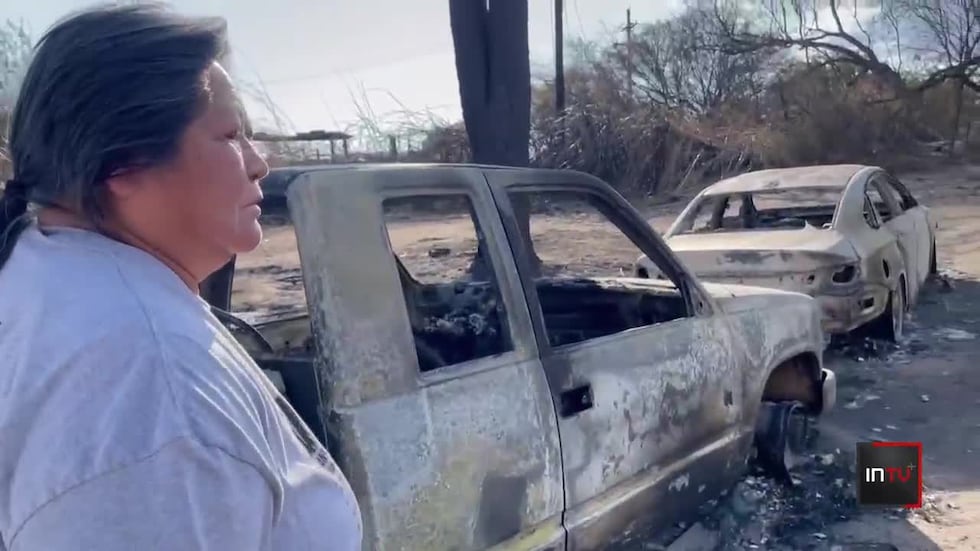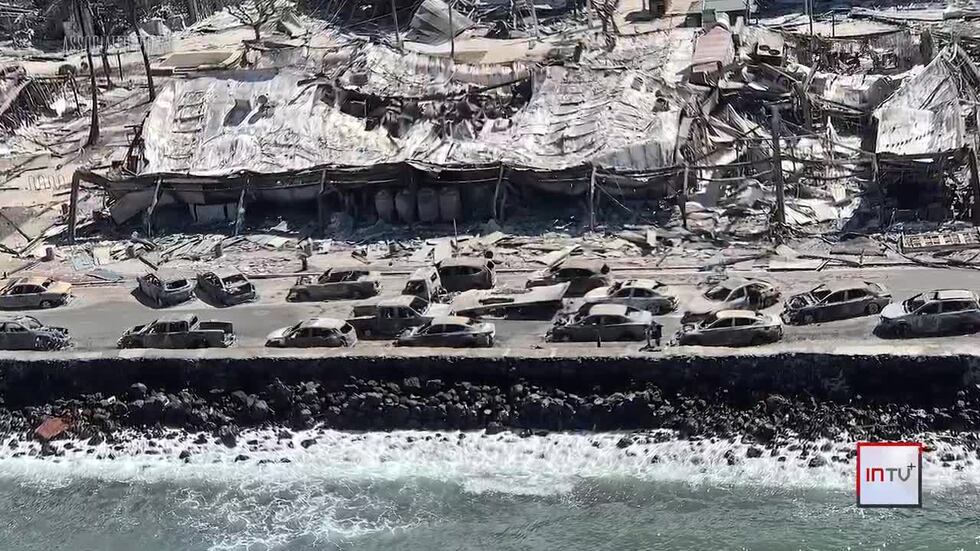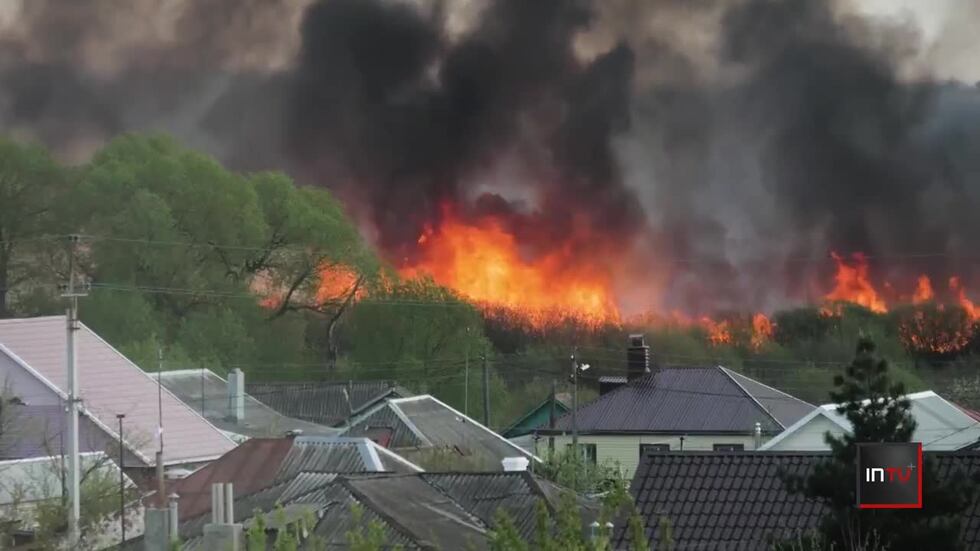Report: Wildfires expected to increase 50% by 2100, governments are not prepared
(InvestigateTV) — This InvestigateTV+ special report reveals how wildfires are upending lives while inflicting billions of dollars in damage and takes an in-depth look at the new technology being used to combat it.
The Increasing Threat
Climate change and land-use change are projected to make wildfires more frequent and intense, according to a new report by the UN Environment Programme.
The report predicts a global increase of extreme fires of up to 14 percent by 2030, 30 percent by the end of 2050, and 50 percent by the end of the century.

The report calls for a “radical change in government spending on wildfires, shifting investments from reaction and response to prevention and preparedness.”
Today’s Tragic Reality
On an evening in July of 2024, Sheila Patten drove to her property at the San Carlos Apache Indian Reservation in Arizona. It was the first time she had seen what remains of her home since it was destroyed by the Watch Fire.
“We just all stood up there in the road and watched it burn to ashes,” Patten said. “It’s heartbreaking. It’s too many memories. Even the kids’ pictures, our pictures (burned). It was my mom’s and dad’s home.”

Sheila’s family had lived in the home for nearly 60 years.
“I just can’t sleep at night. I just see the fire, the smoke every time I close my eyes,” she said.
The Watch Fire ripped through more than 2,000 acres and burned more than a dozen homes, including some of Sheila’s neighbors. Hundreds of people had to evacuate.
Sadly, this situation is not unique.
Maui wildfires disaster
On Aug. 8, 2023, a wind-whipped wildfires tore through Maui, decimating Lahaina and forever changing the landscape of the historic community.

The disaster claimed the lives of 102 people and destroyed the town in what is now the deadliest wildfire disaster in the United States in more than a century.
Many lost loved ones, and thousands lost their homes — some of which were generational.
Maui residents continue to cope with grief, while others struggle with guilt and trauma, haunted by the memories of that day. And while the community mourns, it also faces a tough uphill battle to rebuild.
Efforts are underway in an attempt to ensure that a disaster like this never happens again.
Artificial intelligence fire sensors deployed
Hawaii and federal officials announced a new alert system designed to help with wildfire prevention and mitigation.
80 wildfire sensors and 16 wind sensors will be deployed across the state.
Hawaii is the first location to receive the new beta wildfire sensors, equipped with artificial intelligence, developed by the Homeland Security’s Department of Science and Technology, U.S. Fire istration, and N5 Sensors Inc.

The new technology is designed to sense smoke from fire and particles that smoke carries, which will alert local fire departments and enable firefighters to respond quickly.
According to researchers, the wildfire detection sensors also identify changes in conditions before wildfires start, providing 24-hour sensing and alerting capabilities.
“The sensors deployed today are more effective than traditional optical cameras or thermal imaging sensors used to identify fires because they don’t just ‘see’ what is already visible — they ‘sniff’ out the fires as soon as they start,” said Dr. Dimitri Kusnezov, Under Secretary for Science and Technology.
DIY Wildfire Risk Management
Fire officials say the public can play a big role in lowering the severity of property damage from a wildfire.
In Arizona, fire departments are encouraging people to create a 30-foot defensible space outside their homes.

Joe Robino watched bright orange flames from his view deck grow bigger and bigger in June of 2024, as the Diamond Fire in north Scottsdale grew to nearly 2,000 acres.
“It was terrifying in a way like what’s going to happen,” Robino said. “If we didn’t keep that clean, it would have kept going.”
It took firefighters days to put out the flames and forced more than 1,000 people to evacuate.
Homes under the direct path of air tankers were covered in pink retardant as the fire got extremely close.
Robino’s home remained safe. He kept a defensible space behind his yard.
It’s something Scottsdale Fire Captain Dave Folio said really helped save properties.
“You have to eliminate these flash fuels that are on the ground and bring it three to four feet up above the ground, cutting back a lot of the limbs and branches on these trees,” Folio said.
Robino wants people to know taking action now can, and in his case has proven to, save what he has worked hard for.
“Anything people can do to prevent it saves stress in a lot of ways,” he said.
Copyright 2024 Gray Media Group, Inc. All rights reserved.














